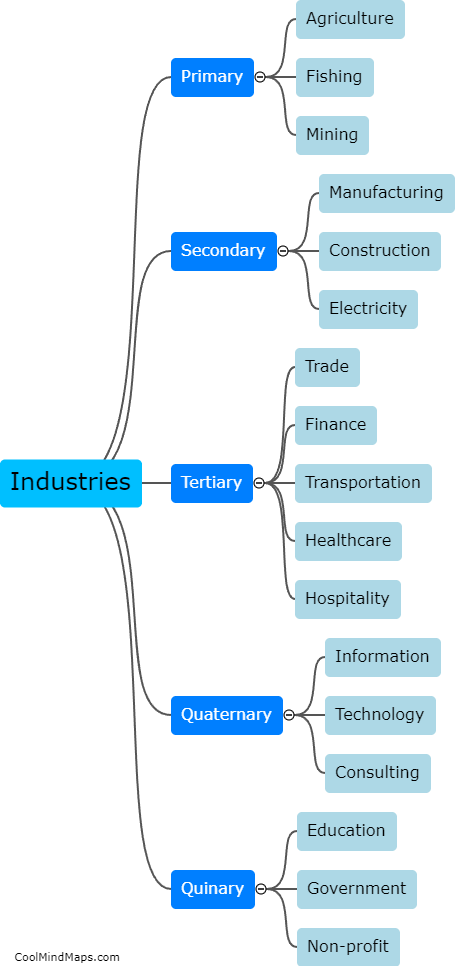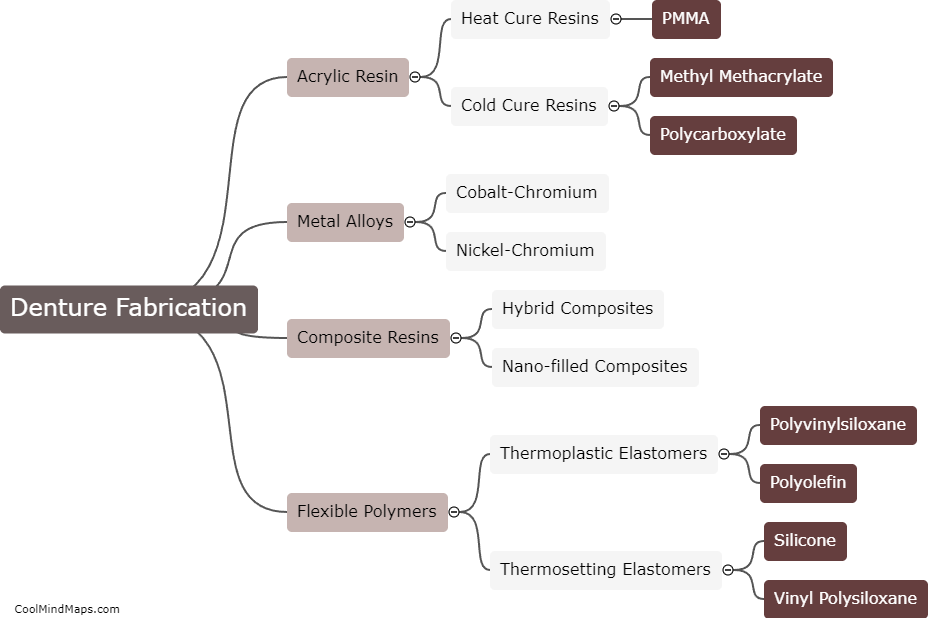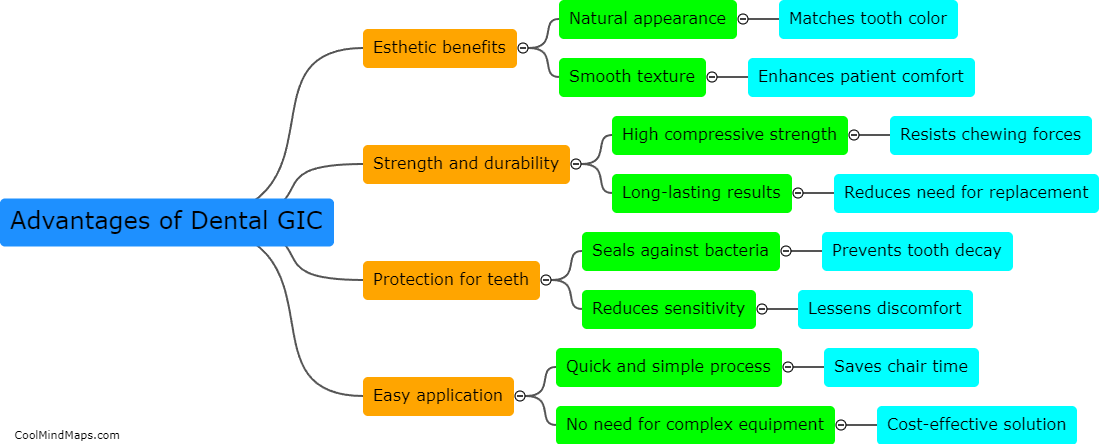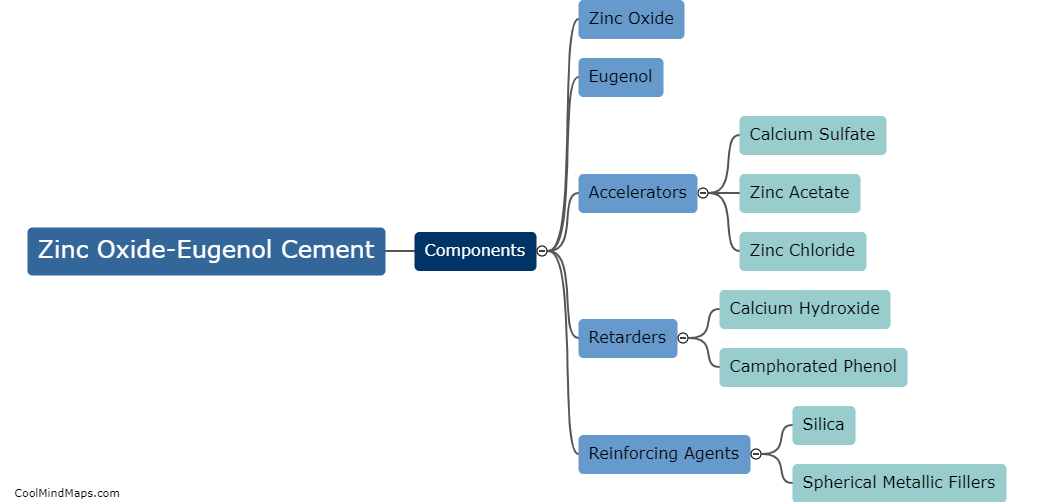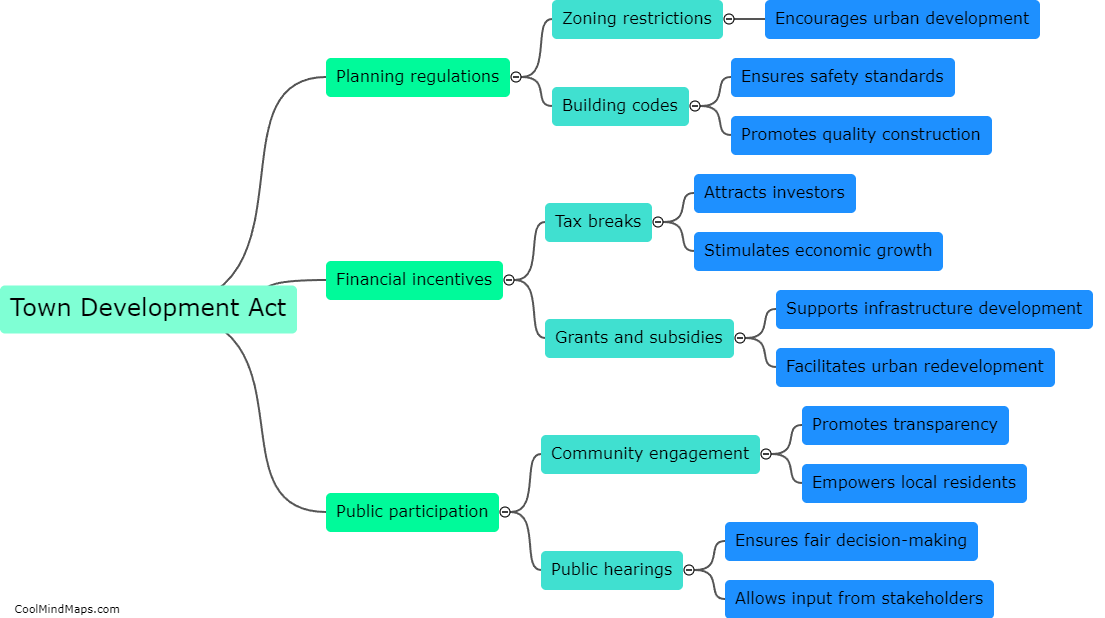What are the challenges in implementing thermogalvanics?
Thermogalvanics, also known as thermoelectrochemical cells, are devices that generate electricity by harnessing the temperature difference between two electrodes immersed in an electrolyte solution. While they offer a promising avenue for renewable energy conversion, there are several challenges in implementing thermogalvanics. Firstly, selecting suitable electrode materials that can efficiently convert heat into electricity is crucial. These materials need to exhibit high thermal conductivity and electrochemical activity, which can be expensive and challenging to find. Secondly, maintaining a constant temperature gradient across the electrodes is necessary for optimal performance, which can be difficult to achieve in real-world applications. Additionally, scaling up the size and power output of these devices without compromising efficiency remains a challenge. Overcoming these obstacles requires further research and development in materials science, system design, and optimization techniques to fully exploit the potential of thermogalvanics for sustainable energy generation.
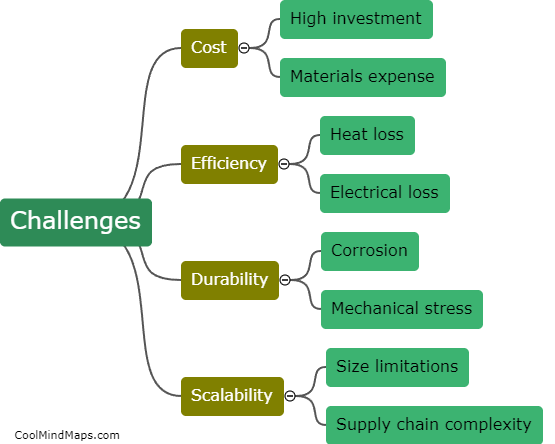
This mind map was published on 5 December 2023 and has been viewed 83 times.


